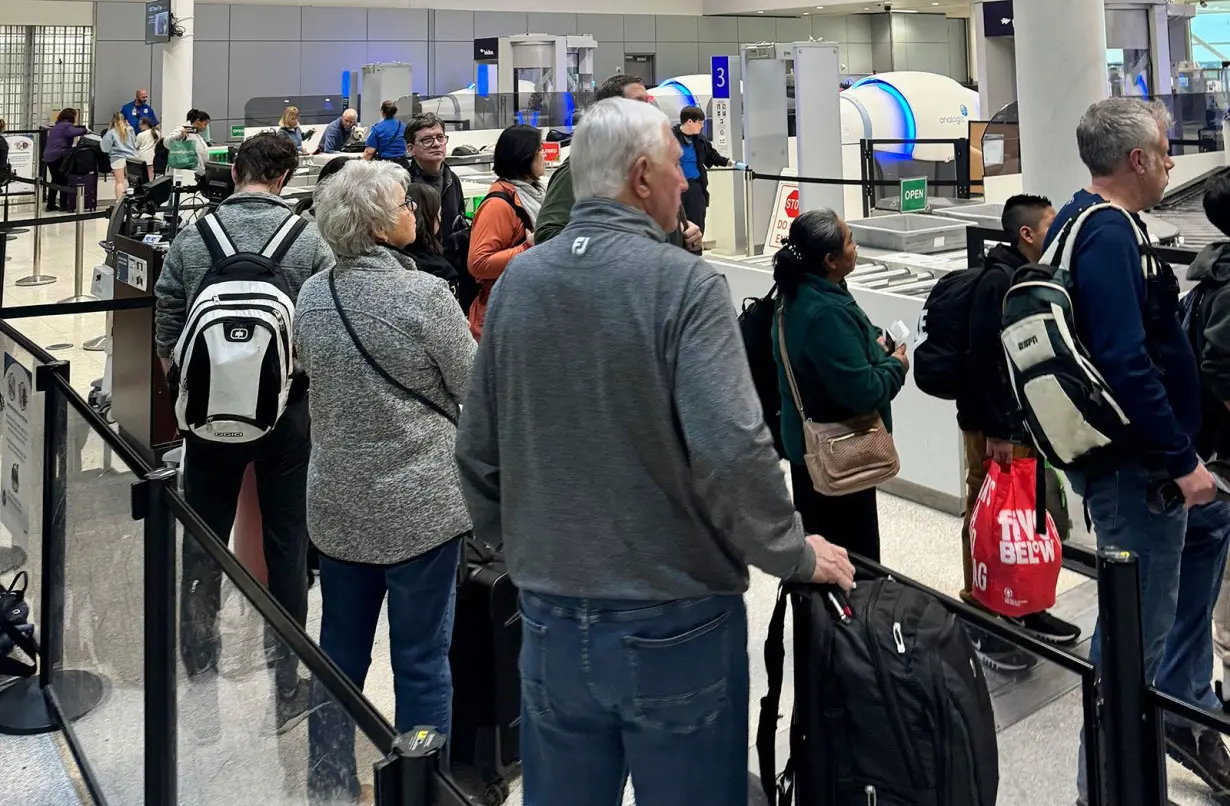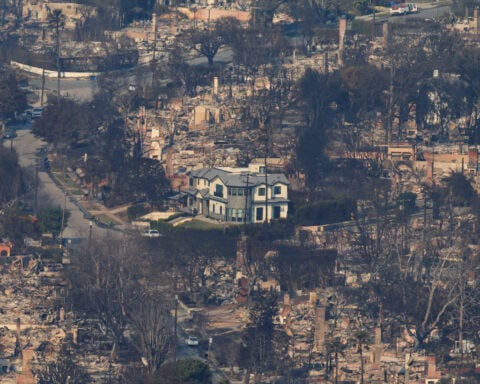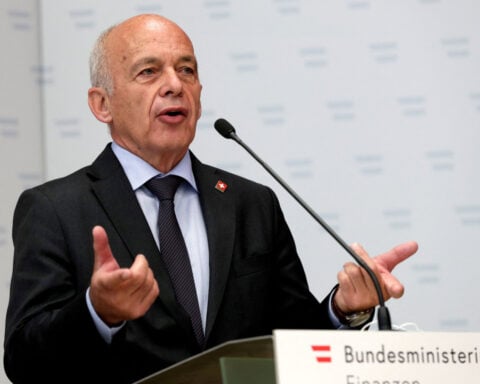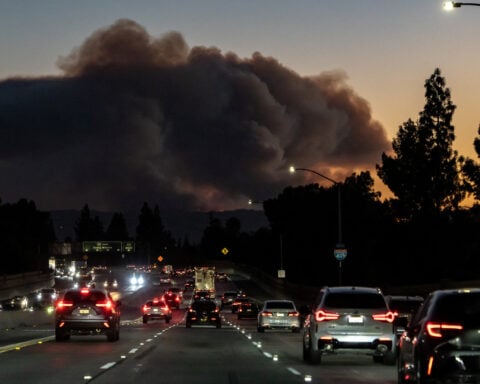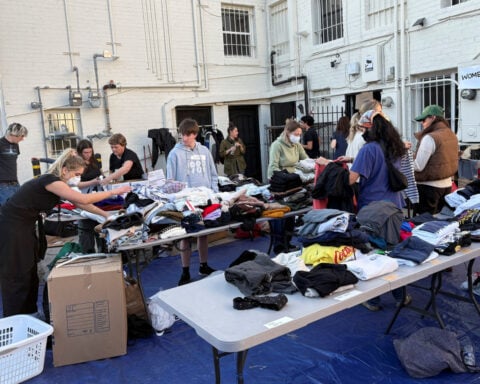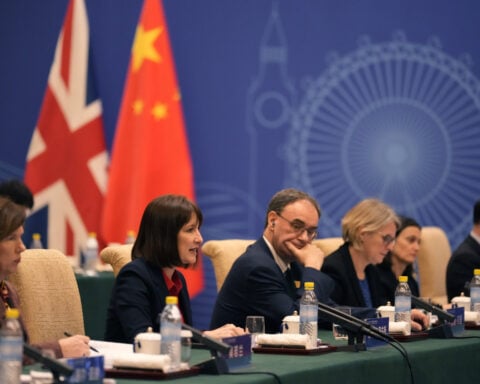New York (CNN) — If you’re flying this holiday season and you’re noticing the plane feels more packed, while your wallet feels thinner, there’s a reason for that.
A record 31 million passengers are expected to fly US airlines over the course of this week, according to Airlines for America, the industry trade group. And while many airlines have increased the available number of flights and seats, those capacity increases have not kept pace with demand.
That limited supply, combined with the strong demand, means passengers are paying more.
This trend of capacity growth not keeping up with demand has been going on for decades. The industry went from having 74% of seats filled in 2003, to 84% in the first 10 months of this year. With some of the busiest months yet to come, a new record for the percentage of seats airlines’ filled is within reach.
Thanksgiving week is always one of the busiest of the year and so it’s not surprising planes are full and fares are high. But even the slower travel periods have a higher percentage of seats filled than they used to. This past January, typically one of the slowest months for air travel, 79% of the seats were filled, compared to 69% in January 2004.
Fuller planes have sent fares soaring recently.
The Consumer Price Index, the government’s key inflation measure, shows airfares up more than 10% between July and October when adjusted for the season. Airlines are signaling prices will probably go higher as some of the lower-fare airlines struggled with ongoing losses and sharply reduced their capacity. Those low-fare carriers typically had put pressure on their larger rivals to keep fares in check.
Low-fare carriers pulling back
Spirit Airlines, which filed for bankruptcy this month and has been trying to trim ongoing losses, cut its number of flights from this past Friday to this coming Sunday by nearly 10% compared to the same holiday period last year, according to data from Cirium, an aviation analytics firm. When taking into account the number of seats available, and the miles those seats are being flown, Spirit’s capacity is down 16%.
Spirit’s average domestic round-trip economy fare this year is $136, not including taxes and fees, according to data from Cirium. That’s 61% lower than the US industry’s average. And its bargain-base fares, which required passengers to pay more for every extra, including carry-on bags, has meant that the larger carriers respond by reserving a certain number of their seats for similar “basic economy” no-frills seats. Fewer Spirit flights means the bigger airlines offer fewer cheap basic economy seats.
Southwest Airlines — the fourth-largest US-based airline and feeling its own financial struggles — has cut its number of flights by 4% for the holiday period. Southwest also announced plans to start selling some of its seats with more legroom at higher fares.
Another lower-fare carrier, JetBlue Airways, has struggled since a federal judge blocked its proposed merger with Spirit. JetBlue has cut its number of flights by 4% during this holiday week compared to the holiday period a year ago. For the year, JetBlue’s scheduled flights are down 13%, and its capacity is down 10%.
“The budget airlines have always played a unique role in anchoring airfares,” said Scott Keyes, founder of the discount travel sight Going.com. “When they pull back, it has an outsized effect.”
The major airlines have also figured out how to charge more for things like extra legroom or other more attractive seats. A Senate panel released a report Tuesday showing that between them American, Delta, United, Spirit and Frontier brought in $12 billion between 2018 and 2023 in “junk fees” such as preferred seating alone.
The larger airlines heralded the reduced competition in recent calls with investors, saying it was helping them to lift fares.
“There’s an incredible amount of unprofitable capacity in the United States marketplace,” said Andrew Nocella, VP and chief commercial officer. “We’ve seen that exiting at a rapid pace starting in mid-August.”
“We’re seeing unprofitable capacity begin to exit the market, leading to the expected domestic (airfare) improvement,” said United CEO Scott Kirby.
But critics of the airlines say troubles at the lower fare airlines aren’t solely to blame for higher fares. They primarily blame consolidation of the industry for the squeeze put on passengers.
Over the course of the last 25 years, 11 airlines have been merged into four major carriers — American, United, Delta and Southwest — which together handle about 80% of US air traffic. And critics of the industry say that’s why capacity growth continues to trail behind demand growth.
“Fares and capacity go hand in hand,” said William McGee, senior fellow at the American Economic Liberties Project, a think tank that advocates for strict enforcement of antitrust laws. “When capacity is this tight, it means tighter cabins and less availability of seats. It’s also easier to raise fares.”
McGee says the airlines are always looking to have the best fare environment and do what they can to see that it happens
“They don’t need to speak to secret in a parking garage to signal each other,” he said. “They all can see what each other are doing with fares and with schedules.”
The-CNN-Wire
™ & © 2024 Cable News Network, Inc., a Warner Bros. Discovery Company. All rights reserved.

 Suspected killer of former Cambodia lawmaker sent to Thailand
Suspected killer of former Cambodia lawmaker sent to Thailand
 China and the UK restart economic and financial talks after a 6-year hiatus
China and the UK restart economic and financial talks after a 6-year hiatus
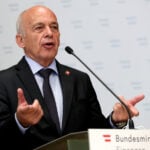 Former Swiss finance minister warns about size of enlarged UBS, newspaper says
Former Swiss finance minister warns about size of enlarged UBS, newspaper says
 Pope prays for victims and rescuers in California wildfires
Pope prays for victims and rescuers in California wildfires
 Fire agencies to investigate potential Edison link to LA Hurst fire
Fire agencies to investigate potential Edison link to LA Hurst fire
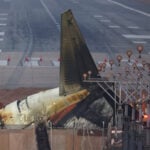 Jeju Air 'black box' data missing from last 4 minutes before crash, South Korea ministry says
Jeju Air 'black box' data missing from last 4 minutes before crash, South Korea ministry says
 Sam Moore, who sang ‘Soul Man’ in Sam & Dave duo, dies at 89 due to surgery complications
Sam Moore, who sang ‘Soul Man’ in Sam & Dave duo, dies at 89 due to surgery complications
 Bill McCartney, who coached Colorado to its only football national championship in 1990, has died
Bill McCartney, who coached Colorado to its only football national championship in 1990, has died
